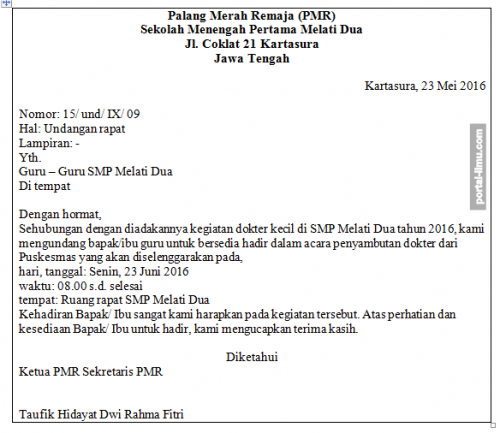Animal adaptation can be divided into three, namely the adjustment of animals to obtain food, adaptation of animals to their habitat, and adjustment of animals to protect themselves.
Chapter List ☰
Adjustment of animals to obtain food
The adaptation of animals to obtain food varies depending on the type of food and how to obtain food.
1. Adjustments to the shape of the bird’s beak
Each type of bird eats only certain types of food, so the beak forms of birds that eat the same type of food will be similar in shape. Some forms of bird beaks, among others, as follows.
- The form of fish eaters, has the shape of a beak pouch to scoop food out of water, for example storks.
- Nectar-sucking birds have long, pointed and curved beaks, for example hummingbirds.
- Ducks have a serrated flat beak to make it easier to find food in the mud.
- Hard grain-eating birds have a thick, short, and strong beak that is used to break hard seeds, for example parrots.
- Meat eaters have a pointed, sharp, curved beak to tear prey to shreds. Examples of meat-eating birds are eagles and owls.
- Woodpeckers have a long, pointed, and sturdy beak, which is used to peck trees.
2. Adjustments to the shape of the teeth
Based on the type of food, animals are divided into three groups, namely plant-eating animals or called herbivores, other animal-eating animals or called carnivores, and all-eating animals or called omnivores. The type of food eaten by these animals affects the shape and composition of the teeth.
Cows are herbivorous animals. The shape of canines owned by herbivorous animals almost resembles incisors. This tooth is used to cut grass and leaves. Wide-shaped molars are used to grind food.
Wolves are an example of carnivorous animals. The shape of the teeth owned by carnivorous animals is suitable for eating meat. Wolves have incisors that are not large, but sharp to cut food. Two pairs of canine teeth grow in length and function to bite and shred their food. Six pairs of sharp molars in carnivorous animals function to chop and cut meat from bones.
Bear is one example of an omnivorous animal. The bear can catch prey with its incisors and sharp canines, then chew it with flat molars. Flat bear molars are also used to eat fruit.
3. Adjustment of insect mouth shape
There are four types of insect mouths, viz
- Licking mouth types, for example flies
- Type of mouth prick and sucker, for example mosquitoes
- Type of mouth sucker, for example butterfly
- Types of mouth bites and chewers, for example beetles.
Adjustment of the council to its habitat
1. Camels as desert animals
Camels can live in the desert because they are unable to eat and not drink, because they have a hump which is used as a storage for food and drinks on the body. Camel hut consists of a layer of fat which is used to store food and store water that is released little by little into the digestive system.
Long eyelashes can be used to protect the eyes from floating sand. Thick camel legs can be used to walk on hot sand and nostrils which can be closed during sandstorms.
2. Penguins that live in cold climates
Penguins have a thick layer of fat and thick fur.
3. Adjustment of bird’s feet or nails
Bird’s feet vary according to function. The legs of predators are large and strong, their nails sharp and curved to form hooks, for easy gripping prey. Swimmers have webbed feet between their fingers. Woodpecker feet, slender and light in shape and have hook-like nails to make it easier to climb tree trunks.
4. Adjustment of ear shape or size
Elephant ears function to hear and release excess heat.
Adjustment of animals to protect themselves
The way animals protect themselves varies, among others
- Chameleons by changing the color of the skin like the environment or called mimikir.
- Lizard by deciding its tail or autonomy
- Squid and octopus will spray black ink, if threatened by the enemy.
<!–
–>
